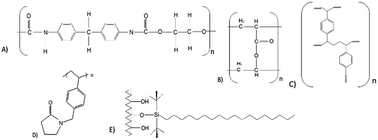Cartridge development for the solid extraction of phenolic compounds in cachaça samples
Abstract
This study aimed to develop an analytical methodology using the extraction technique in solid phase for the analysis of phenolic compounds in cachaça samples and compare the developed cartridges with marketed cartridges. Three types of cartridges with different polarities were prepared, and using the Folin–Ciocalteu method by applying an experimental design where the factors influencing the separation were studied. This study indicated that the flow and type of eluent significantly influenced the extraction of compounds. The factors were fixed and a mixture design was performed to optimize the type of eluent. For all cartridges, a mixture of acetonitrile and methanol provided higher recovery values of 97.04%, 83.24%, 79.20%, 57.70%, and 68.60% for PUF, XAD2, XAD7, C18, and Strata X, respectively. The use of PUF cartridge provided a methodology that showed an adequate precision ranging between 1.6 and 10.2%, recovery ranging between 93.4 and 97.0%, and the limits of detection and quantification were 80.0 and 260.0 μg L−1, respectively. This methodology was successfully applied to determine the level of total phenolic compounds in cachaça samples, indicating that among the studied samples, those aged in oak barrels showed better results, with the content of phenolic compounds ranging from 65.71 to 81.63 mgGAE mL−1.



 Please wait while we load your content...
Please wait while we load your content...